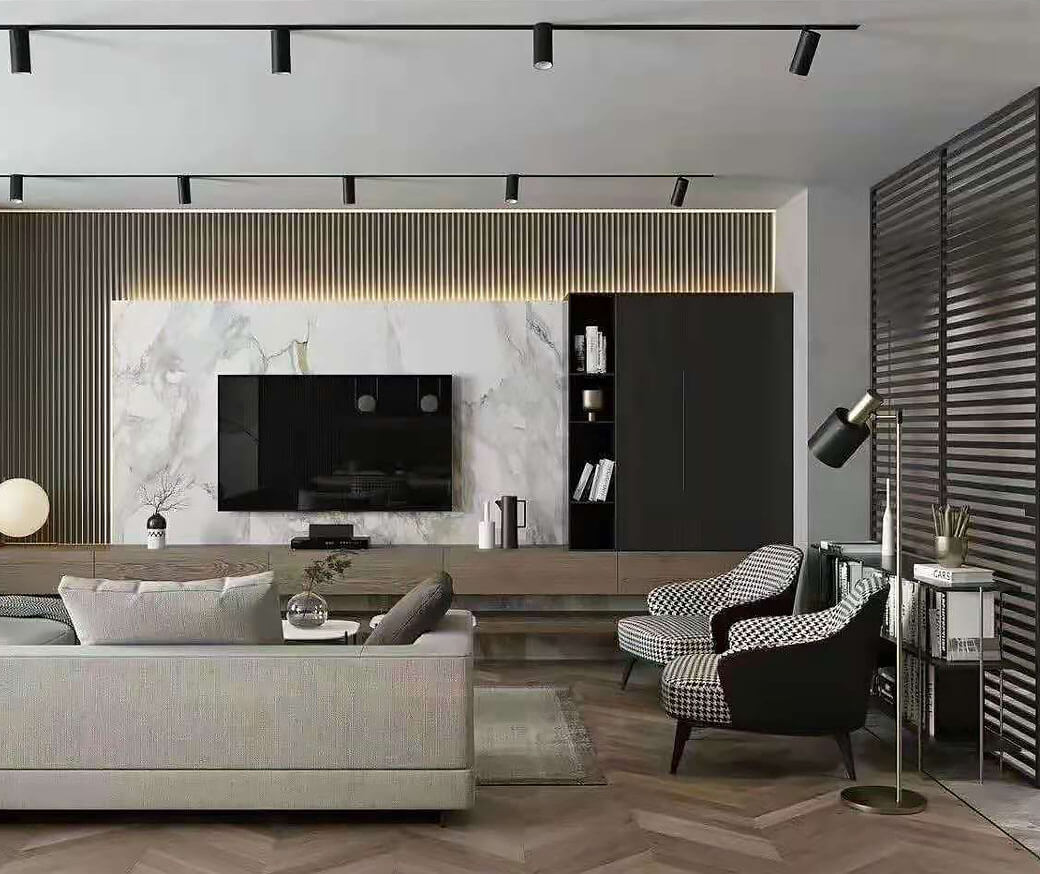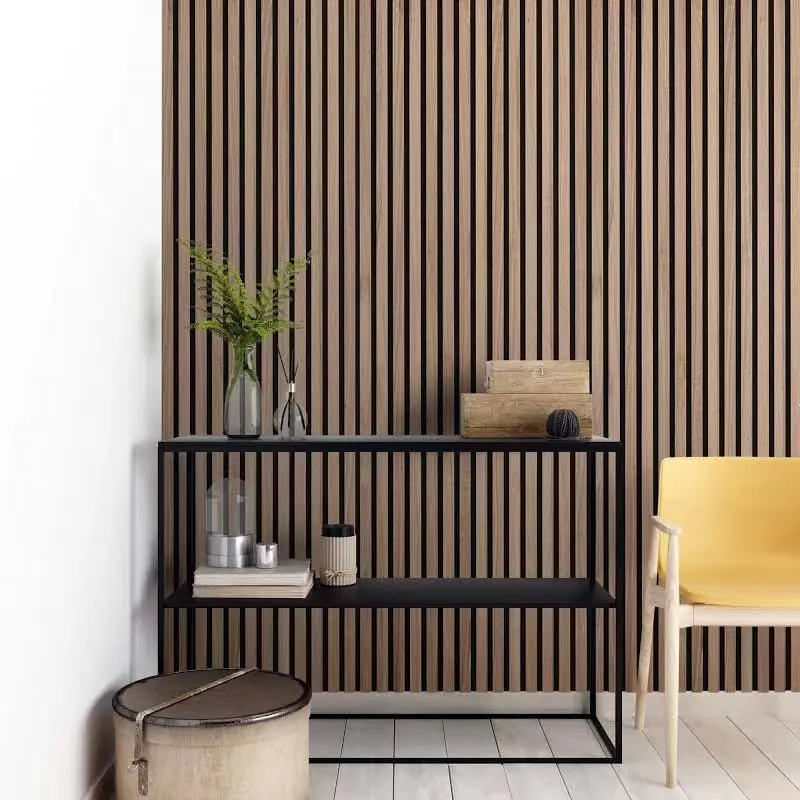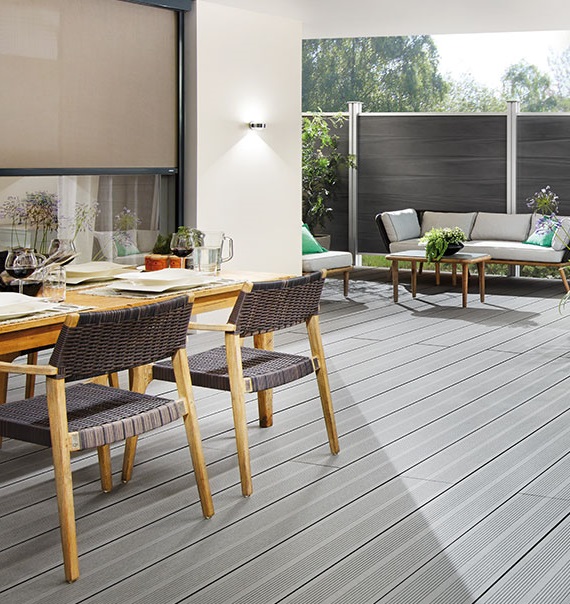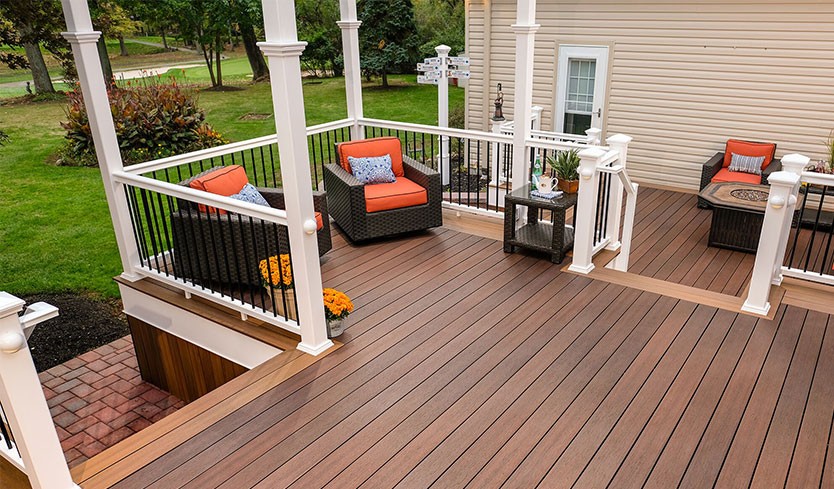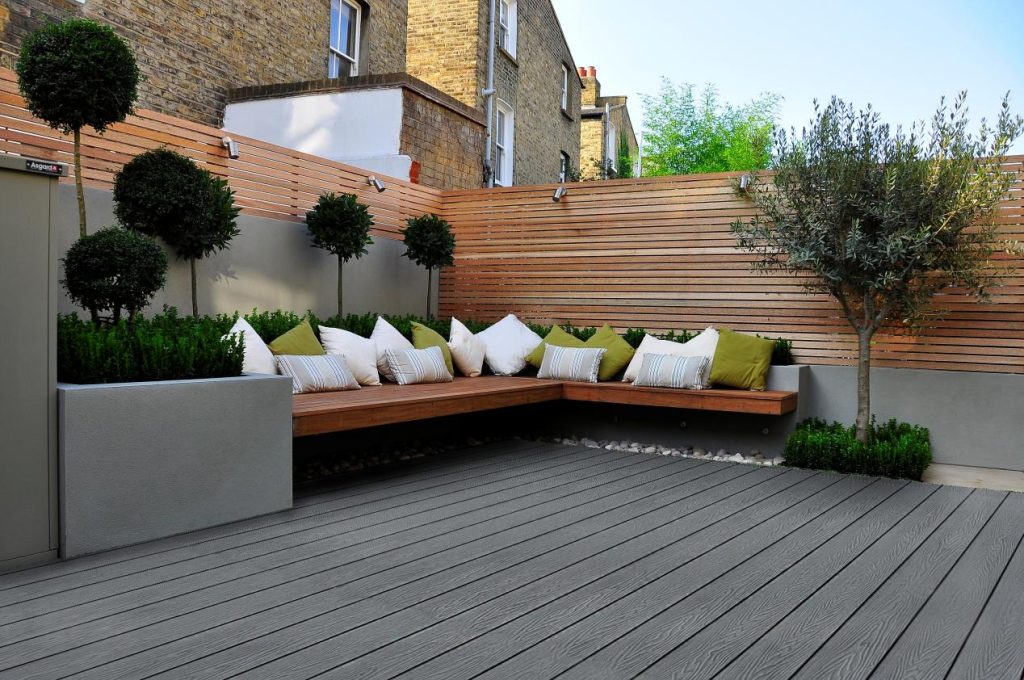WPC Interior Material: Meet the Pursuit of Peaceful Spaces
In our ever-changing society, where science and technology continuously evolve, the quest for better sound environments in our homes, schools, and workplaces has intensified. As we become more aware of how noise affects us negatively, we’re paying more attention to finding ways to reduce its impact. One effective solution is using materials that absorb or block sound.
Now, let’s talk about WPC interior material – it’s like a new kid on the block that fits right in with the modern desire for panels that absorb sound. Even though WPC has some sound-absorbing qualities, they might not be very obvious. But we’re working hard to improve this aspect. We’re taking inspiration from wooden sound-absorbing materials and other materials that absorb sound. This push to make WPC even better at absorbing sound is a big focus in the world of sound research.
Imagine looking ahead and planning a specific approach that perfectly matches the qualities and needs of WPC products. We’re aiming to create new and amazing WPC interior sound-absorbing materials that perfectly fit the need for reducing noise in certain spaces.
However, when we look closely at how wood and plastic mix in terms of sound, we find a few things to improve. While we think about how sound gets absorbed, how things look, and how they impact the environment, sometimes the practical side isn’t so great because of how strong the materials are. But now, with WPC materials being more eco-friendly, we’re paying more attention to how they can help with sound. This new focus is about exploring new areas: finding ways to make WPC interior materials even better at absorbing sound and using them in more places.
Unleashing Acoustic Potential: The Magic of Tiny Holes
Now, let’s dive into the important part: using tiny holes to absorb sound. By adjusting the mix of plastic and wood in paneles WPC interior and deck interior materials just right, we can create lots of tiny connected holes inside them. This makes the sound-absorbing performance really good. We’re also learning from how wooden panels with holes absorb sound, and we’re making similar structures in WPC indoor materials. These structures have holes on the surface and on the back, which help sound get absorbed better. There are different shapes for these holes – circles, strips, tiny holes – and we can change their size, how close they are, and how they’re shaped to control how well sound gets absorbed.
But that’s not all – we’re also thinking about another cool idea. We’re making grooves on the back of indoor WPC wall panels to help absorb sound even better. This idea makes the sound-absorbing parts work well for higher-frequency sounds. It’s a bit tricky, but we believe this idea can make WPC panels work amazingly well for sound-absorption when they’re made.
The Melody of the Future: Harmonizing Innovation
WPC is like a superhero material that can do many things, especially outside. But with new technology, we’re also finding ways to use it indoors. Think about floors, walls, decorations, ceilings, doors, windows, furniture, and even bathroom stuff – all with great sound-absorbing properties. And guess what? WPC can also be used in cars for things like car doors and inside parts.
Looking into the future, we see lots of growth and exciting changes. We want to make more WPC stuff, with different mixes, that can work well for different sounds. We want them to be unique and practical. All these things together are shaping the future of how we use WPC for sound. It’s like creating a beautiful symphony with different notes that fit together perfectly. This is what we’re excited to explore – a world where WPC materials play a big role in making sounds better and our spaces more comfortable.
